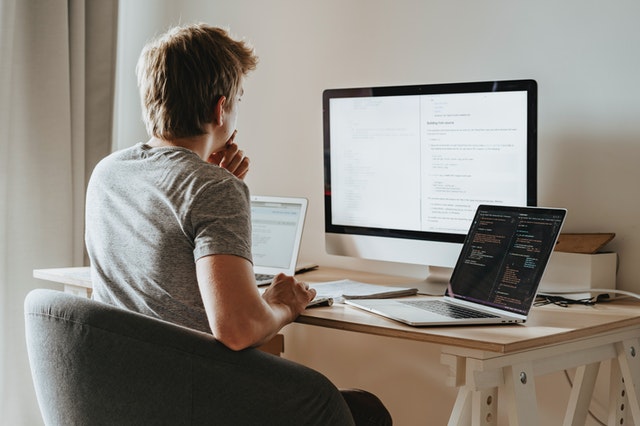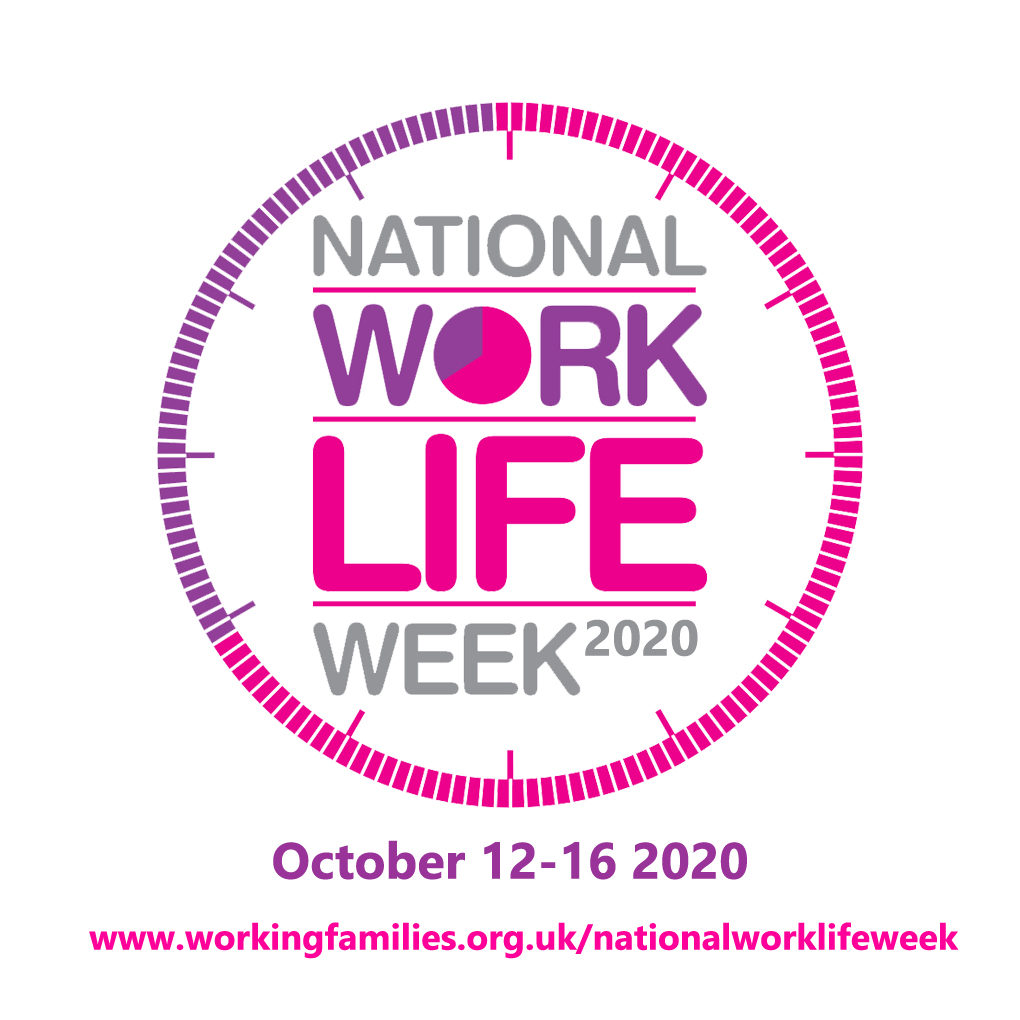Clocks Go Back – What Does it Mean for Wellbeing?
When do the clocks go back? How will this affect employee wellbeing? And what can employers do to help? Full lockdown in the UK officially began on...
Read Full Article
This week is National Work Life Week, falling at a time when the traditional ideas of the workplace are being tested more than ever before.
National Work Life Week is an opportunity for both employers and employees to focus on wellbeing at work and work-life balance. Employers can use the week to provide activities for staff, and to showcase their flexible working policies and practices.
With this in mind, Linda Hausmanis, CEO at the Institute of Workplace and Facilities Management (IWFM) is offering practical top tips for FMs to support employees’ mental wellbeing, both remotely and in the office.
Hausmanis has been the CEO of the Institute of Workplace and Facilities Management (IWFM) since October 2016, after previously serving as the body’s Head of Professional Standards and Education. She is presently leading the institute through the second phase of a transition to position workplace and facilities management as a value-creating and distinct profession, and to create a modern professional body, providing value to a community of 17,000 and to the sector more widely.
“Workplace and facilities professionals are uniquely equipped to ensure the working environment, wherever it may be, does not negatively impact on mental health – and to help organisations and individuals to remain positive, productive and healthy.”
This year's National Work Life Week falls at a time when the traditional ideas of the workplace are being tested more than ever before. With the uncertainty surrounding further lockdowns growing, and in the face of a potential further six months of working from home for many in our society, it’s more important than ever for organisations to consider the wellbeing of their workforce, helping them to establish a secure work/life balance as we head into winter months.
The move to a mass work-from-home model in the wake of the COVID-19 pandemic has caused significant challenges for employees across the country, leaving many struggling with feelings of isolation, battling distractions at home, and struggling to “clock-off” at the end of the day.
Indeed, recent research revealed 80 per cent of the nation feel that working from home has negatively impacted their mental health, and this despite the many positives related to working from home. With this in mind, it is of pressing importance not to forget that responsibility for employee wellbeing covers all workspaces - be it in a bedroom, a living room, remote working spaces or a corporate office.
A safe and welcoming working environment - whether that be in the corporate office space or remotely - significantly impacts our ability to distinguish our working lives from our home lives, thus affecting our mental and physical health, and in turn organisations' overall productivity and performance.
Workplace and facilities professionals are uniquely equipped to ensure the working environment, wherever it may be, does not negatively impact on mental health – and to help organisations and individuals to remain positive, productive and healthy.
(1).jpg)
Picture: photograph of Linda Hausmanis
This National Work Life Week, consider these practical tips to support employees’ mental wellbeing, both remotely and in the office, whilst establishing a strong work/life balance:
The pandemic has made us question many of our traditional beliefs on what workplace culture is and why it is so important. What it is that really drives culture has been challenged: is it the office environment or your approach to your workforce? It’s important to remember that company culture can be kept alive remotely – for example, by replicating behaviour that works in the office, such as a quick chat over coffee.
Think about implementing initiatives to encourage employees to stick to their working hours and take regular breaks where possible. These initiatives can include offering flexible working hours by using a “core hours” system, discouraging meetings over lunch or late in the afternoon, and asking employees to avoid sending emails too late in the day. These small changes will enable employees to leave their “desk” at lunch and spend time with family and friends in the evening.

Picture: National Work Life Week logo
A productive workspace is a crucial factor for employees’ mental health and many employees are missing the connectivity and productivity of an office environment. As we head towards what looks like a winter of home working, if you haven’t already done so, consider investing in an adequate home-working set up, such as office chairs and laptop stands to allow people to work from home more comfortably and establish their own, personal workspace.
Many home-workers will be battling with looking after children and pets in the home. Consider encouraging employees to vary their workspace according to task, reproducing the different zones available in many modern workplaces. Taking calls whilst walking in the park for instance or visiting a café or similar establishment if feasible.
With many working remotely, now is a good opportunity to make use of digital tools to help support employee wellbeing. Apps such as Headspace and Calm can help to promote knowledge around mental wellbeing and can give guidance on how best to work from home. Webinar workshops are also popular and easy to run. These can focus on topics such as mental resilience and self-confidence and will act as another opportunity to remind employees that a company cares about their mental health whilst also giving them an opportunity for personal development.
These digital tools can also be used for larger, all company monthly meetings to celebrate hard work and talk about successes. These calls will remind employees of the wider team they are part of, enhancing their feelings towards being part of one company.
Remote working has many benefits, but one of its main challenges is the disconnection from others and some will be feeling it more keenly than others (for example, those living alone or living with people who work on-site). We may be connected by technology, but we are lacking the human interaction found in offices, such as chats in the kitchen while making coffees or stopping at a colleague’s desk for an impromptu catch up.
To remedy this, try arranging digital social activities, such as quizzes or casual webcam meetings where teams can talk about their lives and interests, and encourage your people to utilise chat communication channels for occasional casual interactions.
Finally, having a formal well-being strategy in place will not only help to improve wellbeing but also contribute positively to business performance. Businesses should consider establishing a formal plan that can work both now and in the future. This should cover all aspects of workplace wellbeing, from flexible working hours to mental wellbeing and fitness and nutrition support.
Picture: a photograph of a person working from home, with three screens on top of a desk
Article written by Linda Hausmanis | Published 13 October 2020
When do the clocks go back? How will this affect employee wellbeing? And what can employers do to help? Full lockdown in the UK officially began on...
Read Full ArticleThe Quality Alliance of regulatory bodies has unveiled its Quality Strategy for Apprenticeships; UCEM has launched a Level 3 FM Supervisor apprenticeship; and Sodexo will...
Read Full ArticleThe Health and Safety Executive has published its annual statistics on work-related ill health and workplace injuries for 2024/25. Mental health conditions remain the...
Read Full ArticleA new guide to help facilities management professionals strengthen their information management practices has been launched by IWFM. The guidance provides a framework...
Read Full ArticleNew guidance to help employers support people affected by suicide and those with thoughts of suicide in the workplace has been published by The British Standards...
Read Full ArticleTwenty-two winners have been named at the 25th edition of The Institute of Workplace and Facilities Management Awards 2025. Awards were presented for customer...
Read Full ArticleThe Deborah Rowland Scholarship, a fund that helps emerging facilities management professionals to progress, has announced its 2025 recipients. The scholarship was...
Read Full ArticleA new strategic leadership programme from the Institute of Workplace and Facilities Management is open for its first intake. Through independent study, guided...
Read Full ArticleA new digital learning and wellbeing platform to connect construction workers with tailored mental health support will be piloted over the next year. Two construction...
Read Full ArticleThe Institute of Workplace and Facilities Management has established a strategic partnership with the Government Property Profession. The collaboration will allow both...
Read Full Article